Assessing your charity’s change readiness:
There are many changes a charity may face, ranging from small, localised changes, such as following a new process, to large-scale organisation-wide changes, such as implementing a new CRM solution. Whatever the magnitude of the change, there are some key questions that can be asked to understand if the change readiness of your charity to inform how to implement and embrace the initiative.
What is the appetite for change?
A starting point for considering how ready a charity is for change is to understand the appetite for it. In other words, how hungry are individuals within the organisation to take on and be part of a new initiative? As resources are typically constrained within a charity, people may be reluctant to commit time to anything beyond business-as-usual (BAU) activities, especially if the organisation has a history of resisting change. If this is the case, it may be that there needs to be a focus on developing the change to increase willingness and openness to change before a new project is implemented.
Why are we doing this?
It may seem obvious to make sure all parties involved understand the driver for change, but often this gets overlooked amongst the excitement and noise that can surround the end product. Defining the vision and benefits of the initiative upfront, alongside a thorough business case, is one way to ensure the reason for instigating the change is articulated and understood. In turn, this will help direct focus to the end goal throughout the delivery of the change. By exploring the ‘why’ you will begin to create a group readiness for change within your charity.
What has been communicated?
To understand if a charity is ready for change, it is also important to consider what has been communicated and to whom. While the stage of change will determine what communications are appropriate, it is critical that key stakeholders have been informed about what is in the pipeline and what to expect. As time is such a precious commodity for individuals working in charities, keeping communications concise will help ensure key messages are understood and digested at the relevant time with the appropriate audience.
When are we doing this?
A charity may feel confident in the purpose and drive of a change project but may not have a comprehensive plan and timeline for delivery and transition to BAU. There are many factors that need to be considered when deciding a date to commence a change initiative, including resources, other ongoing or planned projects, key events within the organisation and access to capital. Beyond the commencement date, a breakdown of delivery activities and key milestones need to be defined within the project plan. If the charity is not yet able to articulate this, it may be that more time is required to understand exactly what the delivery encompasses or how this is impacted by (and impacts) the organisational environment in which it sits.
Is Change Management a priority?
A key consideration, that incorporates all the questions mentioned above, is how much attention has been given to the actual management of change and not just the pure delivery. This includes supporting the implementation of the initiative but also heavily focused on the transition to BAU and making change stick. For example, has a change impact assessment been undertaken? Has the training approach and timing been considered? These are the types of questions that underpin a change management methodology and whilst some of these activities seem too far down the line to consider now, they need to be addressed early in order to guarantee the time and investment of the initiative translates to the benefits promised from the start. For charities to be ready for change, prioritising change management is critical.
If you’d like more information on change capability click here. If you’d like to discuss your charity’s change readiness get in touch today.






